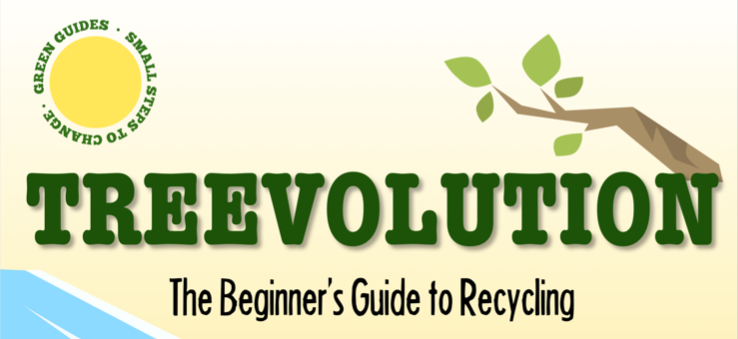Rethread Africa: Searching for a solution to Kenya’s clothing waste
Kenya is known for its rich culture, beautiful landscapes – and its big textile waste problem.
But the East African country isn’t solely to blame for its problems. Greenpeace, an environmental campaigning organisation, has spoken out about how overseas countries use Kenya and Tanzania as a dumping ground for used textiles.
Disguising their clothing exports as donations, fast fashion companies avoid the responsibility of disposing of textile waste properly. The ‘donations’ are often of such poor quality that they can’t be used again and get dumped on roads and rivers.
Realising that the fast fashion industry relies heavily on non-renewable resources, a group of young Kenyans is getting to the root of the problem – finding something to replace the toxic synthetics that many clothing items are made of.
As Rethread Africa, they are creating sustainable materials from agricultural waste such as pineapple leaves. When clothing made from this material is discarded, it enriches the soil instead of depleting it.
We speak to them to find out more.

What motivated you to start your company?
We started Rethread Africa out of a deep concern for the challenges faced by smallholder farmers in rural communities and the detrimental impact of the fashion industry on the environment.
Being children of smallholder farmers, we have witnessed firsthand the struggles farmers faced with declining yields, soil degradation, and unpredictable weather patterns. These challenges make it increasingly difficult for farmers to provide for their families and sustain their livelihoods.
What problem do you want to solve?
We live in Nairobi, Kenya, which has a huge problem with textile waste. It has devastating consequences on both the environment and the health of nearby communities. The city is turning into a textile graveyard, with plastic-based waste polluting our surroundings and causing harm, particularly to children living in nearby slums.
Motivated to make a difference, we are determined to find ways to use fashion to create a sustainable and inclusive future. We focus on developing bio-based, sustainable materials that can replace traditional textile waste and reduce the industry’s reliance on non-renewable resources.
By transforming agricultural waste into high-quality materials, we not only address environmental challenges but also provide economic opportunities for smallholder farmers.
What kind of waste do you use and where do you get it from?
We have been researching different types of agricultural waste that we believe we can get fibre from. Our research and development has led us to pineapple leaves. We are also looking into corn husk and sugarcane bagasse.
We source agricultural waste from smallholder farming communities. This not only reduces waste and emissions, but creates potential new revenue streams for these farmers.

How do you turn the waste into fabric?
We collect pineapple leaves from farmers. We use a mechanical extractor to separate the fibre strands from the leaves. The fibre is then washed and dried before it is spun into yarn on hand-operated spinning wheels. The yarn is then woven on a handloom into fabric.
What do you do with the fabric?
We sell the bio-based textiles to apparel, footwear and upholstery companies.

How big is Rethread team?
We are a team of eight, with roles ranging from fundraising and finance to sales, marketing and product development.
Why is an initiative like this important?
It addresses the environmental issues caused by the fashion industry. The materials we use enrich the soil, instead of hurting it, so we are able to contribute to fighting climate change and protecting natural ecosystems.
We are also promoting the conservation of resources. Instead of using land to grow materials bio-based synthetics, we use what has been discarded.
How can people help?
We welcome collaborations – be it sharing knowledge, skills or expertise in material science, engineering, marketing, or any other field that aligns with our goals.
We want people to spread awareness about Rethread Africa’s mission, products and impact. So visit our social media profiles and website and interact with our content. It’s also helpful when people purchase from us!
Which organisations inspire you?
Many organisations inspire us – the Ellen MacArthur Foundation, for example, provides valuable insights and resources on circular design and materials.
Notebook
- Watch this video to learn more about Rethread Africa
- Visit Rethread Africa’s website and follow them on Instagram
- Read Greenpeace’s briefing: Poisoned gifts – from donations to the dumpsite

